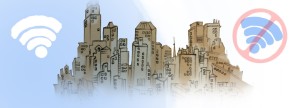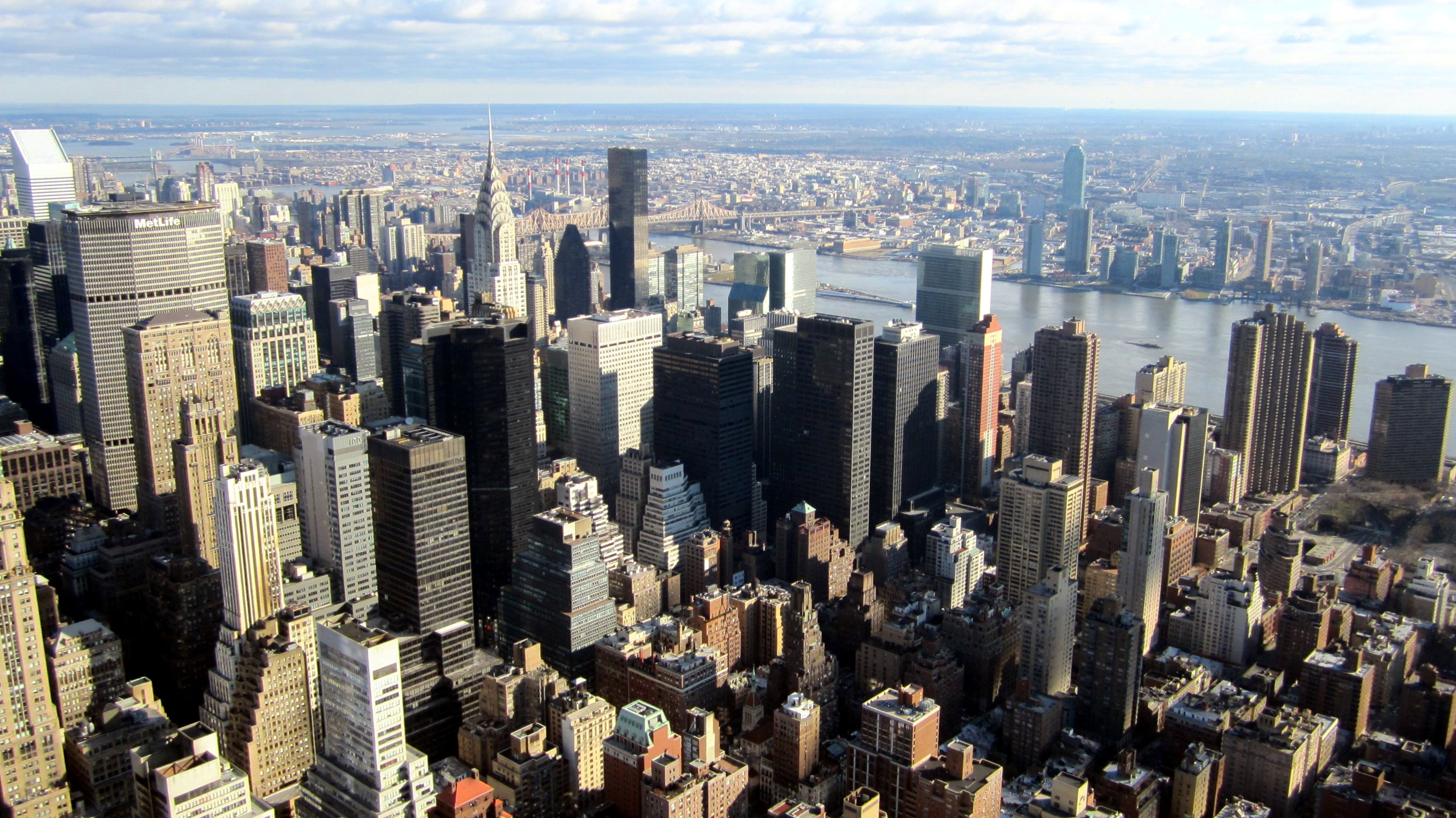The amazing thing about the dollar menu in a New York City McDonald’s is not that one can buy a meal for a dollar, but that free WiFi comes with it. Internet access is a growing concern for policymakers because of its important effects on disadvantaged groups such as low-income youth and adults, senior citizens and nonnative English speakers. Without Internet access, many citizens cannot obtain health care, apply for work or help their children properly complete school assignments. When the underprivileged cannot afford the expenses of home broadband — finding Internet access only during time slots at public libraries or through WiFi in coffee shops and McDonald’s — they are excluded from an increasingly essential component of modern life.
Experts identify the “digital divide,” or the disparity between individuals’ access to high-speed broadband, as a new challenge to social equity. Although many have cited poor access to the Internet in rural areas as the main culprit for the United States’ low broadband subscription rate — only 73.4 percent in comparison to 88 percent in the United Kingdom and Germany — unequal provision of Internet in cities has posed an additional, and relevant, problem. Urban areas contain a deep disparity in broadband subscription rates between more and less affluent neighborhoods, with the gap between the highest and lowest rates averaging 65 percentage points, according to the Census Bureau.
It is only fitting that cities across the United States are looking to the Big Apple for guidance on the digital divide, given that 74 percent of the city’s population has access to high-speed broadband. The uneven spread of access reflects the disparate distribution of wealth throughout the city. According to a report by New York City Comptroller Scott Stringer, 30 percent of Brooklyn households lack broadband, and in some areas, 50 percent of households go without access. In Manhattan only 21 percent of households lack subscriptions to broadband Internet.
Only one year into office, New York City Mayor Bill de Blasio has already established a national reputation for his demonstrated commitment to improving social equity, including through expanded broadband access. Last year, during the US Conference of Mayors, de Blasio took the lead on this issue, saying: “If we’re going to create fairness and economic opportunity, high-speed Internet…has to be available to all of our citizens.” De Blasio has also characterized broadband as “essential for everything we need to do to be a fair and just city.”

The mayor has already rolled out a number of policy strategies. Most recently, he announced the expansion of a library hotspot program. A $1 million donation from Google, along with a $500,000 grant from the Knight News Challenge, will allow the city to expand a program through which families can borrow free WiFi devices from local libraries. The public-private partnership aims to provide 10,000 people with the opportunity to borrow Sprint-powered WiFi devices.
In March 2013, de Blasio also unveiled the LinkNYC initiative, which aims to transform the 6,400 payphones peppering the city into WiFi pods, structures that provide 24-hour Internet access within a 150-foot radius. These pods will allow residents to charge cellular devices and will contain tablets with applications related to city services. The administration emphasized that this network of devices will extend to the city’s outer boroughs and throughout “neighborhoods across the income spectrum.”
In his ambitious mission, de Blasio has touched upon one of the most contentious issues in the American tech community: competition. He has stated a need to reevaluate municipal franchise agreements in order to require companies like Verizon FiOS and Time Warner Cable to provide “the kind of service they’re obligated to.” A number of experts have pointed to the oligopolistic nature of the broadband market in the United States as a serious blight on citizens’ ability to obtain affordable, high-speed access. Susan Crawford, Harvard Law School professor and author of “Captive Audience: The Telecom Industry and Monopoly Power in the New Gilded Age,” explained: “We’ve come into an era where these markets have consolidated, and for most Americans, their only choice for high-speed, high-capacity Internet connection is their local cable monopoly.”
Crawford warns that without reform in the telecommunications industry, the United States’ ability to compete with its peers in the global economy will be compromised. She puts forth two solutions to the current predicament: greater oversight to ensure a blanket national standard for high-speed access or city-level fiber networks that replace today’s reliance on companies like Comcast and Time Warner. “A lot of mayors are extremely interested in doing this because they see it as a street grid or a tree canopy — this is just infrastructure,” Crawford said. “We’ll see a lot of developments along these lines the next few years as we try to get out from under the thumb of the cable monopoly.”
It certainly looks like New York City’s mayor has taken Crawford’s advice to heart. The struggle for greater equity in New York City faces a large hurdle in the digital divide, but de Blasio seems up to the challenge. And if LinkNYC is successful, perhaps free WiFi will be coming soon to a city near you.
